Clipart tagged: ‘kcathedral’
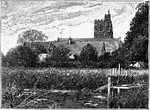
Bray Church, Near Maidenhead, Berks
The Church of England parish church of St Michael was built in 1293, supposedly to replace a Saxon church…
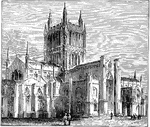
Hereford Cathedral
In the war between King and Parliament (the English Civil War) the city of Hereford fell into the hands…
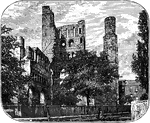
Ruins of Kelso Abbey
Kelso Abbey is a Scottish abbey built in the 12th century by a community of Tironensian monks who had…
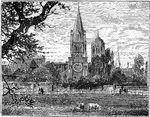
Oxford Cathedral
In 1522, the priory was surrendered to Cardinal Wolsey, having selected it as a site for his proposed…

Peterborough Cathedral
Founded in the Saxon period, the architecture is mainly Norman following a rebuilding in the 12th century.…

St. Paul's Cathedral, London (Interior)
St Paul's Cathedral, is the Anglican cathedral on Ludgate Hill, in the City of London, and the seat…
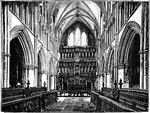
Choir of St. Saviour's, Southwark
It is the mother church of the Anglican Diocese of Southwark. It has been a place of Christian worship…